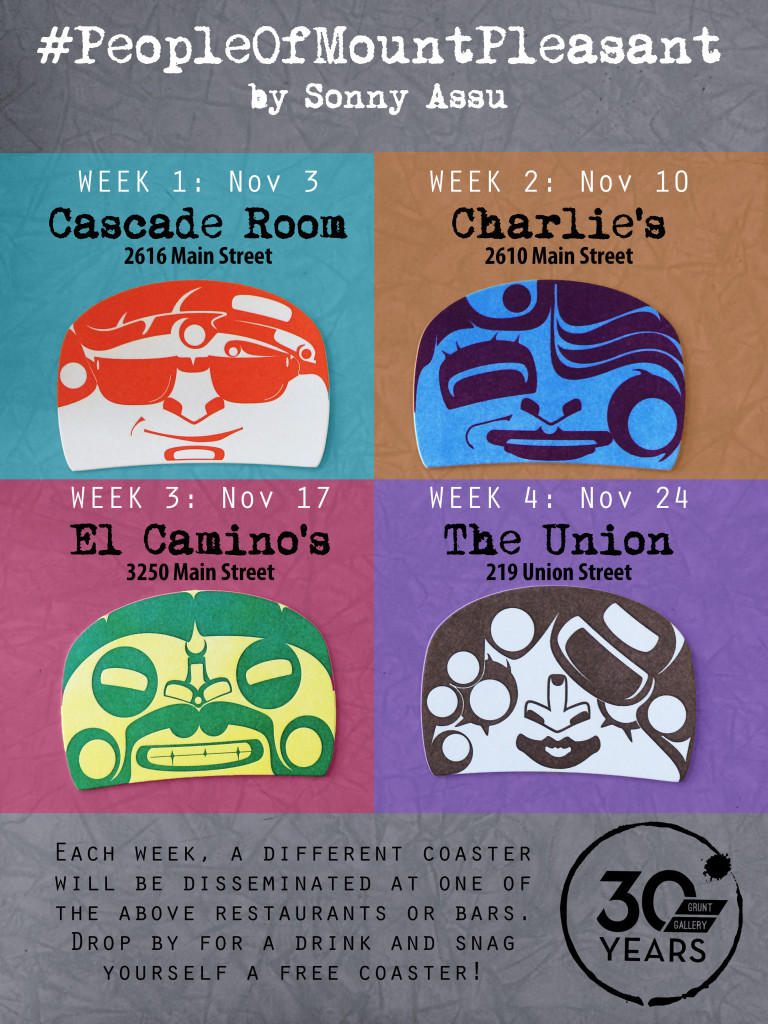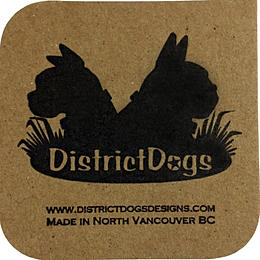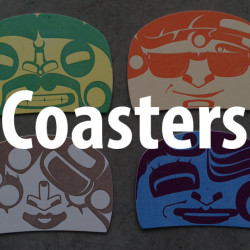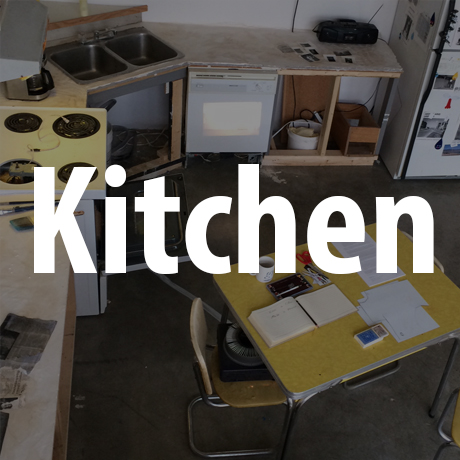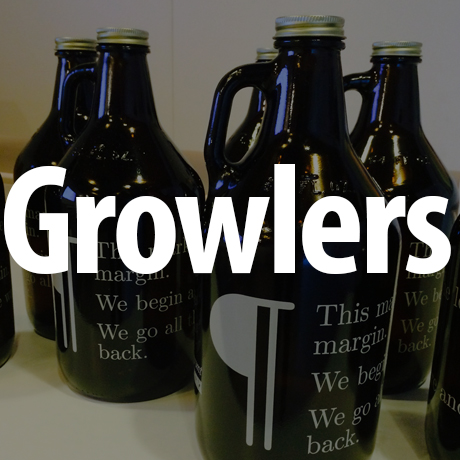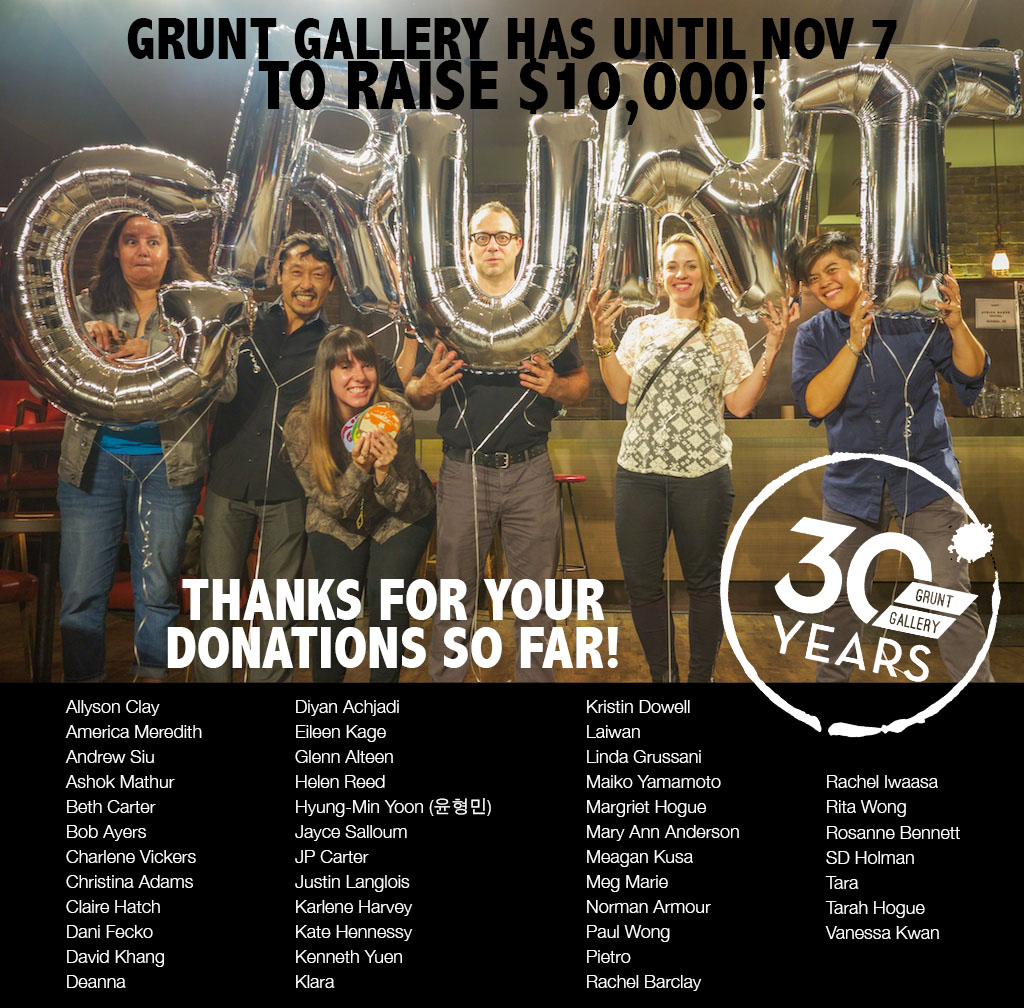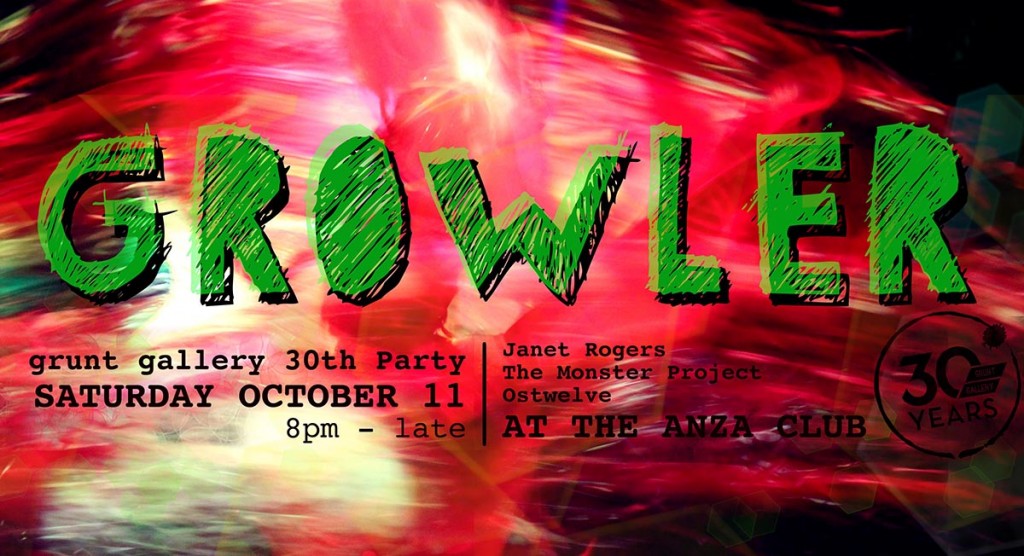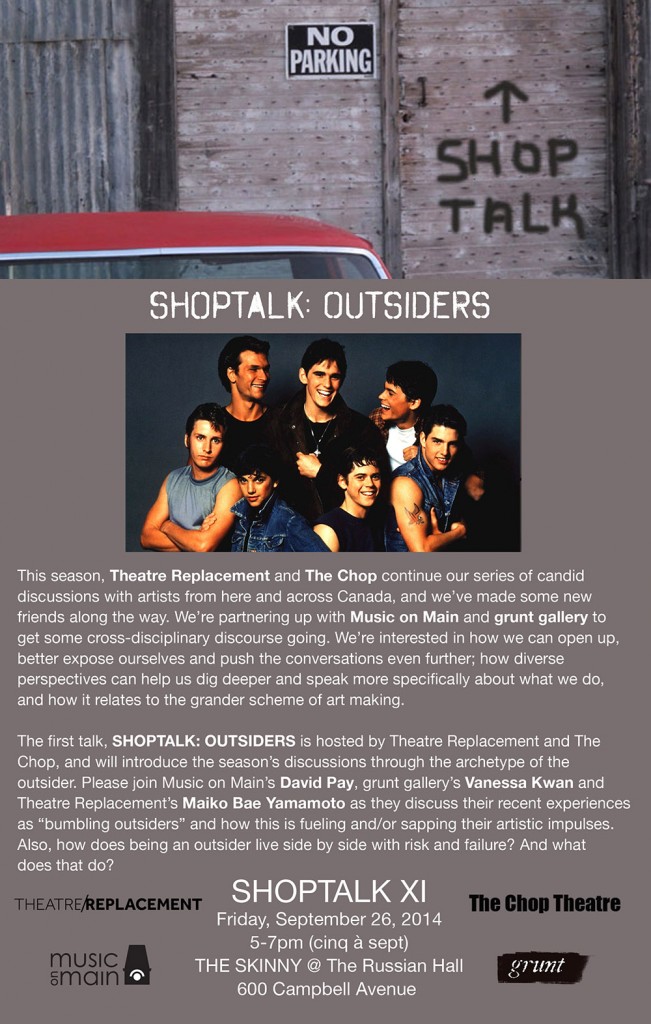***UPDATE***
We regretfully announce that Chris Bose is unable to make it to the event this evening due to travel issues. Wanda John will be reading instead. There will be a 30-minute open mic at the beginning of the event.
Read the update here! https://www.facebook.com/events/1483774898559821/

Writer Biographies:
Janet Marie Rogers
Janet is a Mohawk/Tuscarora writer from the Six Nations band in southern Ontario. She was born in Vancouver British Columbia and has been living on the traditional lands of the Coast Salish people (Victoria, British Columbia) since 1994. Janet works in the genres of poetry, spoken word performance poetry, video poetry and recorded poetry with music and script writing.
Janet has three published poetry collections to date; Splitting the Heart, Ekstasis Editions 2007, Red Erotic, Ojistah Publishing 2010, Unearthed, Leaf Press 2011. Her newest collection “Peace in Duress” will be released with Talonbooks in September 2014. Her poetry CDs Firewater 2009, Got Your Back 2012 and 6 Directions 2013 all received nominations for Best Spoken Word Recording at the Canadian Aboriginal Music Awards, the Aboriginal Peoples Choice Music Awards and the Native American Music Awards. You can hear Janet on the radio as she hosts Native Waves Radio on CFUV fm and Tribal Clefs on CBC radio one fm in Victoria BC. Her radio documentaries “Bring Your Drum” (50 years of indigenous protest music) and Resonating Reconciliation won Best Radio at the imagaineNATIVE Film and Media festival 2011 and 2013.
Ikkwenyes or Dare to Do is the name of the collective Mohawk poet Alex Jacobs and Janet created in 2011. Ikkwenyes won the Canada Council for the Arts Collaborative Exchange award 2012 and a Loft Literary Prize in 2013.
Chris Bose
Chris Bose is a writer, multi-disciplinary artist, musician, and filmmaker, who has read and performed at universities, theatres, and coffeehouses at all points from Victoria to Montreal, as well as the BC Festival of the Arts, as a literary delegate to the Talking Stick Aboriginal Arts Festival in Vancouver and the Word on the Street Festival in Toronto.
Chris continues to make art on a daily basis, and is also a workshop facilitator of community arts events, digital storytelling, art workshops with people of all ages and backgrounds, curatorial work for First Nations art shows and projects, research and writing for periodicals across Canada, project management and coordination, mixed-media productions, film, audio, and video recording and editing, and more. He is of the N’laka’pamux Nation in BC, and currently spends his time in Kamloops, BC.


